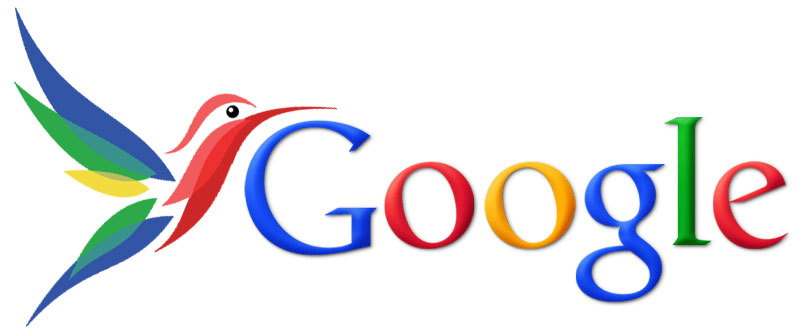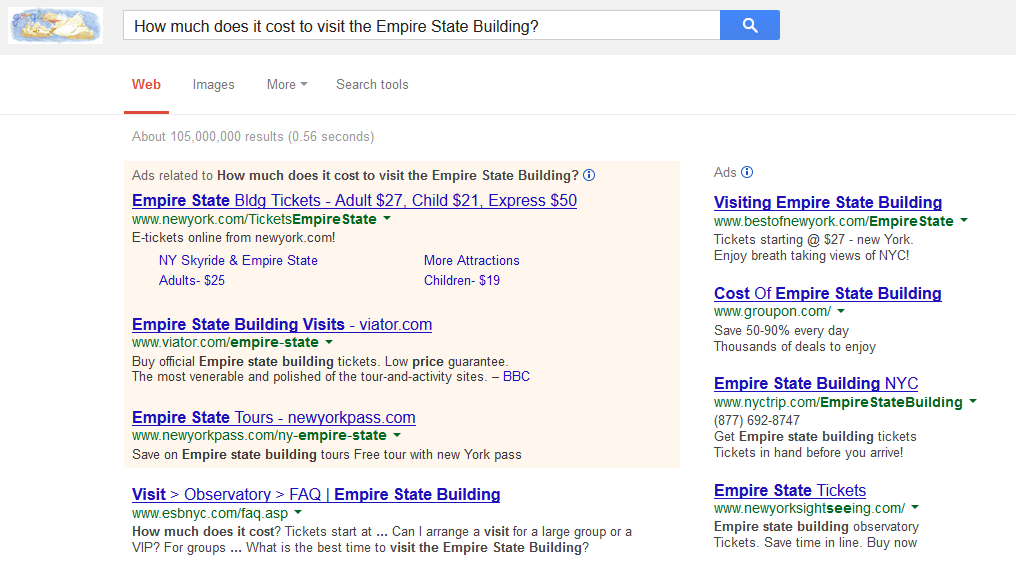What Does Google Hummingbird Mean for SEO?
 Google apparently introduced a new algorithm to the world back in August but they waited more than a month to actually tell anyone about it. Then it took another few weeks for all of us in the SEO world to finally start figuring out what this whole thing was about. The new hummingbird algorithm is in many ways, good news for SEO. However, you need to understand why and how it works.
Google apparently introduced a new algorithm to the world back in August but they waited more than a month to actually tell anyone about it. Then it took another few weeks for all of us in the SEO world to finally start figuring out what this whole thing was about. The new hummingbird algorithm is in many ways, good news for SEO. However, you need to understand why and how it works.
First There Was Panda and Penguin
We all know that things changed drastically when the Panda and Penguin updates were introduced. These two updates together tanked a whole bunch of low quality sites and also started to look once again at the crappy links that a great many people had created. The Google disavow tool was created in order to allow you to make sure that junk links didn’t count against you.
Of course, the keyword laden junk sites were also largely pushed to the side under these older updates because Google used semantic indexing to figure out which sites were poorly done and which ones were better written. The idea was to create new and better search results which got people to the kind of content they wanted to see rather than the crap that people posted hoping to make money from Adsense.
That last bit is actually very important because it’s what the new Hummingbird update is based on – semantic indexing. Here’s what you need to know:
Long Tail Vs. Short Tail Keywords
Most of us in the world of SEO have heard of the concept of long tail vs. short tail keywords. In essence, this is the difference between targeting something like “car insurance” and targeting something longer such as “cheap car insurance in New York.” Most professional SEO advisers now tell their clients to go for the long tail keywords.
The idea is that targeting short keywords won’t work because the short keywords are so highly competitive with so much of the web built around them that it’s almost impossible to actually get results from them.
Plus, even if you do manage to climb to the top of the rankings for those keywords, there is another problem – you probably wouldn’t get the kind of clients you want. The kind of people you want are buyers, not browsers. The people who are ready to buy are usually the people using the longer keywords.
Google’s new Hummingbird algorithm takes full advantage of the latest technology and optimizes itself specifically to respond to queries as opposed to simply allowing you to focus on short keywords. In essence, it’s an SEO professional’s dream because it means that you can now get to more of the granular kind of traffic that you want to get to. And Google will help you do it.
A Brand New System
To understand just how revolutionary the new Hummingbird system is, you need to first consider that it is a brand new system. This means that it’s not simply an update but an entirely new system built from the ground up which actually takes on a whole new level of sophistication, taking advantage of the latest technology and preparing Google for the challenges of 2014 as opposed to the challenges of 2004.
While I’m no fan at all of the system, I like to compare Hummingbird to Windows 8. Anyone who has ever tried to upgrade (or downgrade for that matter) to Windows 8 knows that it’s a brand new operating system. Microsoft even introduced a brand new file system with Windows 8 which replaces the aging NTFS system in use since Windows XP.
MS also (much to my chagrin and to that of most people who use Windows without a touch screen) insisted on foisting the ridiculous tile system on all computers, regardless of whether they were touch enabled or not. My new laptop insists on using Windows 8 and even worse, I can’t downgrade because there are no drivers for Windows 7 built for this computer.
But I digress – we’re talking about Hummingbird here, not Windows 8. Hummingbird is as much of a change for Google as Windows 8 is a change for Microsoft. Whereas Panda and Penguin might be thought of as being akin to the change from Vista to Windows 7 (i.e. it helped polish the old system), Hummingbird is a brand new system which uses brand new technology.
However, much as Microsoft did with Windows 8, Google didn’t completely toss everything they already had. They grafted on some of the older technology so that on the surface, Google seems to be operating pretty much as it did before. However, underneath, this is a major, major update which in essence replaces the old system and creates a brand new dynamic.
Have a Conversation with the Search Engine
As I said earlier, the new system is designed to allow for longer tail keywords to be optimized and it’s also designed to allow you to take full advantage of the semantic indexing system that Google has been building up for years. The big change, from what I’ve read is that the new system is designed to allow you to actually apply this to the entire web.
I’ve put up examples of Google’s semantic indexing in the past, explaining that the system was designed to allow you to ask a real question (for example, “who is the president of France?”). Apparently, Hummingbird is designed to take this to the next level and allow you to ask all kinds of more detailed questions and get results which are relevant to the question.
The big difference is that Google’s search engine now fully (at least in theory) understands context so that when you do a search for example, “Tell me about the Paris Hilton,” it will understand based on context that you want to know about the hotel and not the socialite.
Does It Really Work?
That’s the million dollar question here. Does it really work? Google claims it does but who knows whether it does or it doesn’t? I did a few sample searches to test the system and see what it came up with. Here are the results I found:


Are these results “more accurate” than I would have found before? Since the old system is no longer in place anywhere and Google hasn’t built a time machine yet, I can’t say for sure but if the system works as well as Google claims, SEO should see a rebirth with long tail keywords becoming increasingly important.


